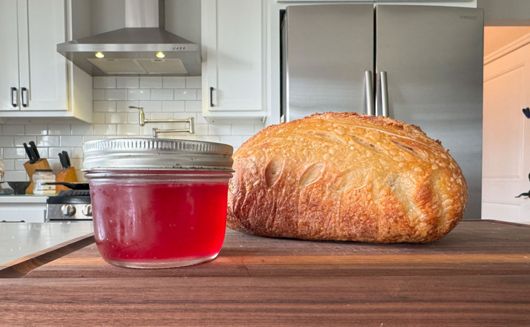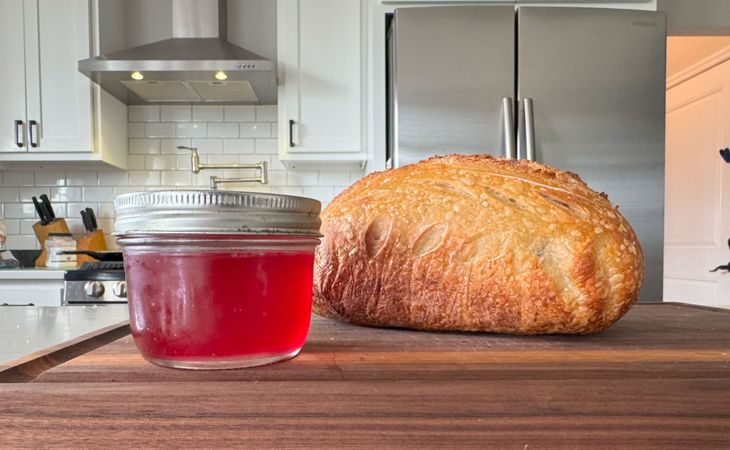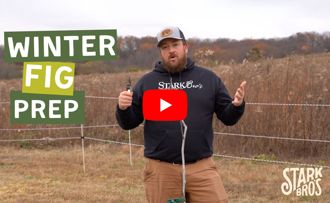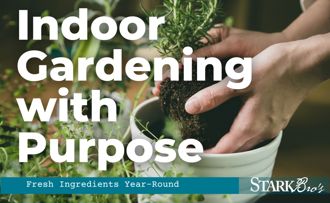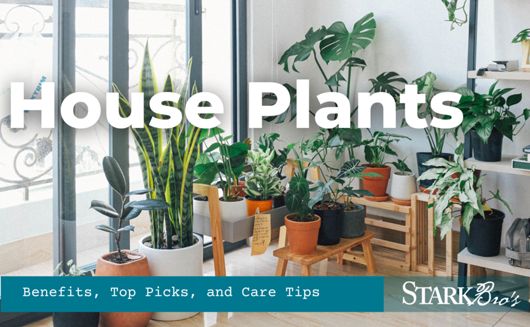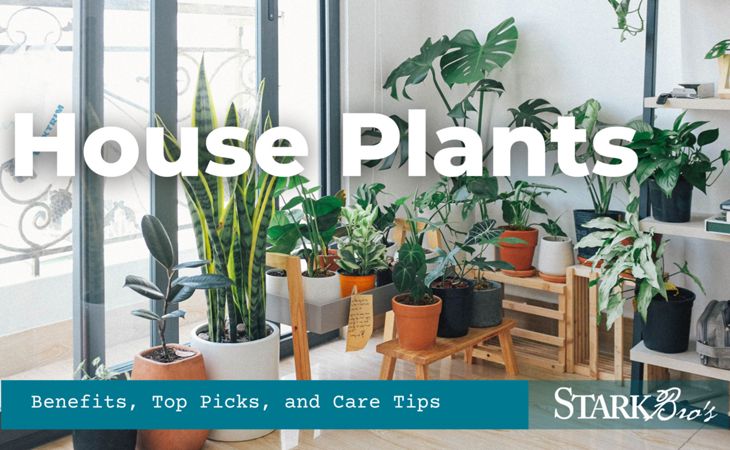Planting Evergreens
To ensure a thriving young tree in your yard, focus on the planting site and method. Once established, trees need minimal care, but it’s crucial to provide a strong foundation initially. Check soil fertility and pH before planting by contacting your local County Extension Office for testing or using our digital meters for fast results. Aim for a pH of 5.0-6.5 and avoid heavy or poorly drained soils.
NOTE: This is part 4 in a series of 9 articles. For a complete background on how to grow evergreens, we recommend starting from the beginning.
Planting Bare Root Trees
- Dig a hole deep and wide enough for ample root space.
- Loosen the soil by mixing Coco-Fiber Potting Medium or alternatives like dehydrated cow manure, garden compost, or peat moss (up to 1/3 concentration) with the topsoil.
- Position the tree at the same depth as it grew in the nursery row or pot. Make sure not to bury the evergreen’s trunk any more than it was in the container.
- Fill the hole gradually, adding 3-4” of soil at a time. Intermittently tamper the loose soil to help it settle or consider watering it down. This will also help eliminate air pockets.
Planting Potted Trees
Stark trees that are grown and shipped in pots are part of our continuing quest for producing better and stronger trees for the home grower. By following these simple instructions, you will be assured of getting your young tree off to the best possible start.
- Before planting: When your tree arrives, carefully take it out of the package, making sure not to damage any of the branches. The potted tree has been watered prior to shipment and should arrive moist, but it does need another drink when it arrives at your home. If you can’t plant your tree immediately upon arrival, keep the potted tree watered until you can plant it and keep the tree in a sheltered location. DO NOT place your potted tree in a bucket of water. This could cause the roots to rot, and kill your tree.
- For potted trees, the hole should be twice the size of the pot the tree was shipped in.
- Your tree is ready for planting as soon as it arrives at your home. Then, simply grasp the sides of the container and carefully slide the tree out. The potting soil should remain intact around the tree’s roots. You will want to keep this soil with the tree and plant it, soil and all, into the prepared hole.
- Fill the hole with soil and water lightly with a solution of Stark® Tre-Pep® Fertilizer. (If planting in the fall, wait to fertilize until spring for best results.)
Additional Notes
The most important training you’ll be doing in the first few years is keeping the main trunk straight and strong. Most of the permanent branches will be formed in later years.
- New trees often need staking the first year or two.
- Unbranched “whip” trees should be pruned back one-third at planting time.
- Large-size branched trees should be given some planting-time pruning. Remove some of the side branches, leaving only a few evenly balanced wide-angle branches. Remaining limbs should be pruned back by one-third to one-half.
One final point: Please be sure to remove the nametag from your tree. As the tree grows, this small piece of plastic can choke off its circulation, damaging or killing the tree. If you’d like to keep the tag on your tree, retie it loosely with soft twine.


